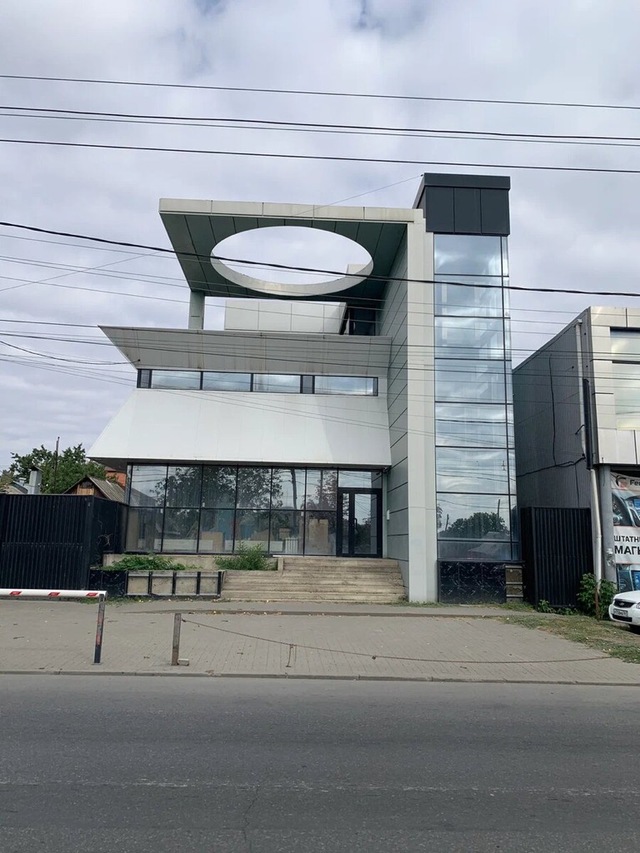Forget about payback: The key to multi-million dollar profits in real estate is hidden elsewhere.

The first thing when evaluating investments in commercial real estate — whether it's a warehouse, office, or retail space — almost every investor asks the same question: "What is the payback period?" This seems reasonable, but it is this habit that makes many people settle for modest returns for years and miss out on truly golden opportunities. The paradox is that the payback rate forces you to focus on returning your invested funds, rather than increasing them.
This is a strategy of minimal risk, but also minimal profit. You are running to "recapture" investments, as if real estate is an urgent deposit in a bank. But a real investment is not a deposit. It is a dynamic asset that generates two types of income.: 1. Regular cash flow (rent payments). 2. Capitalization (an increase in the value of the object itself). And it is the second point that often becomes the main source of your future wealth. Therefore, the correct question is: "How much total profit will I make in 5 years?"
An effective investment strategy, which is applied in practice by an experienced investor, consists of three distinct phases:
1. Selection and acquisition. An asset with a stable rental income and, crucially, with a high potential for value growth is being considered. This potential may be related to territorial development plans, new infrastructure, or an opportunity to improve management efficiency. 2. Management and development (3-5 years horizon). At this stage, not only is a stable cash flow provided to cover costs, but work is also actively underway to increase capitalization. Long—term contracts with reliable tenants are concluded, modernization is carried out, operational processes are optimized - all this increases the market attractiveness of the facility. 3. Exit from the investment (sale). A few years later, we sell the asset not at the original price, but at a new, significantly increased value achieved through effort and market growth. The final profit of the investor = The amount of lease payments for the entire period + the difference between the sale and purchase price. It is this cumulative amount, converted into annual profitability, that shows the real effectiveness of your investments.
Case study: the story of the warehouse complex
In 2019, the client purchased a warehouse with an area of 2000 m2 for 85 million rubles. The monthly net rental income was about 550 thousand rubles (6.6 million per year). The traditional approach: Payback period = 85 million / 6.6 million ≈ 13 years. Most investors would find such a deal unattractive. Our approach: We saw a perspective: the construction of a new transport interchange and the growing demand for such areas.
Investor's actions: ·
Purchase: 85 million rubles. · Management (3 years): Signed long-term lease agreements with indexing, improved the infrastructure of the facility. · Exit (2022): Due to the built interchange and activity, the facility was sold for 125 million rubles.
Financial result:
· Total rental income: 19.8 million rubles. · Capital gains: 40 million rubles . · Total profit: 59.8 million rubles. · The real annual return was about 23%. If an investor were guided only by payback, he would invest money in a "risk-free" object with a payback period of 8 years and after 8 years would only return the investment. Our strategy has brought in $60 million in profit over 3 years and freed up capital for a new deal.
Your main conclusion:
Stop valuing real estate as a static asset. Start thinking of it as a business project with a clear development plan and exit strategy. Your goal is not to return the money, but to maximize it.
Anatoly Krutko. I will be happy to answer your questions. https://maralin.ru/team/Krutko
Added: 23.09.2025
View count: 403
